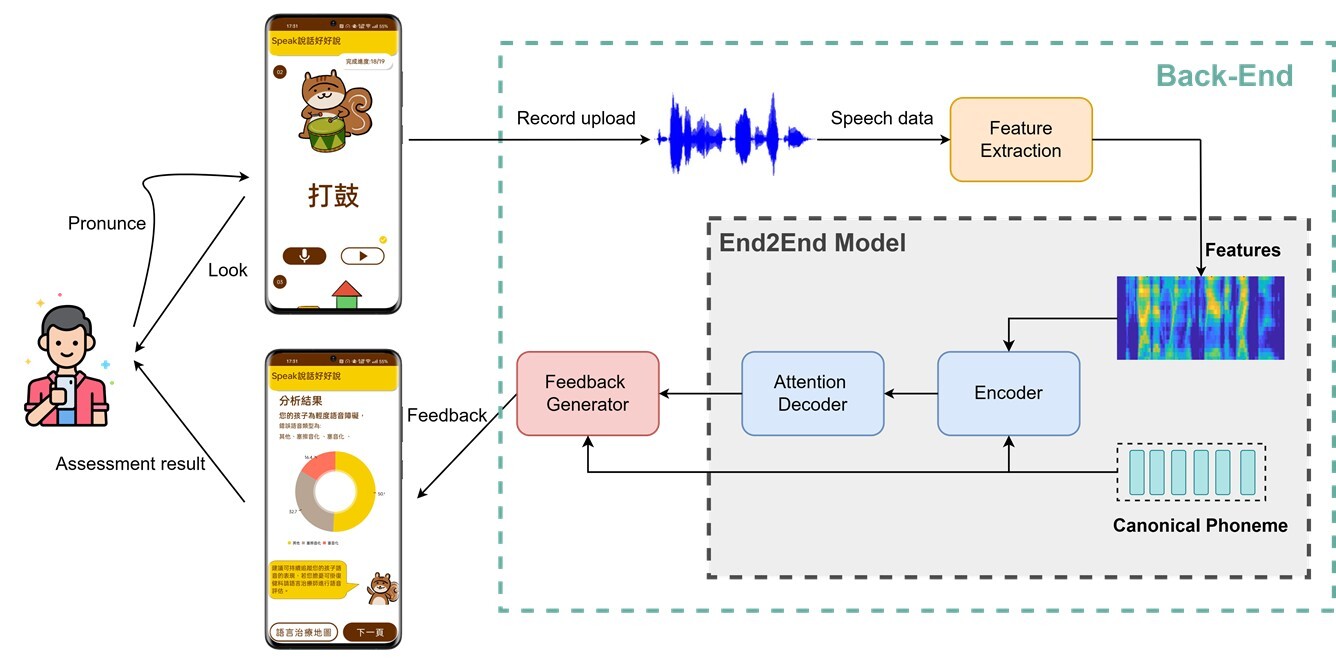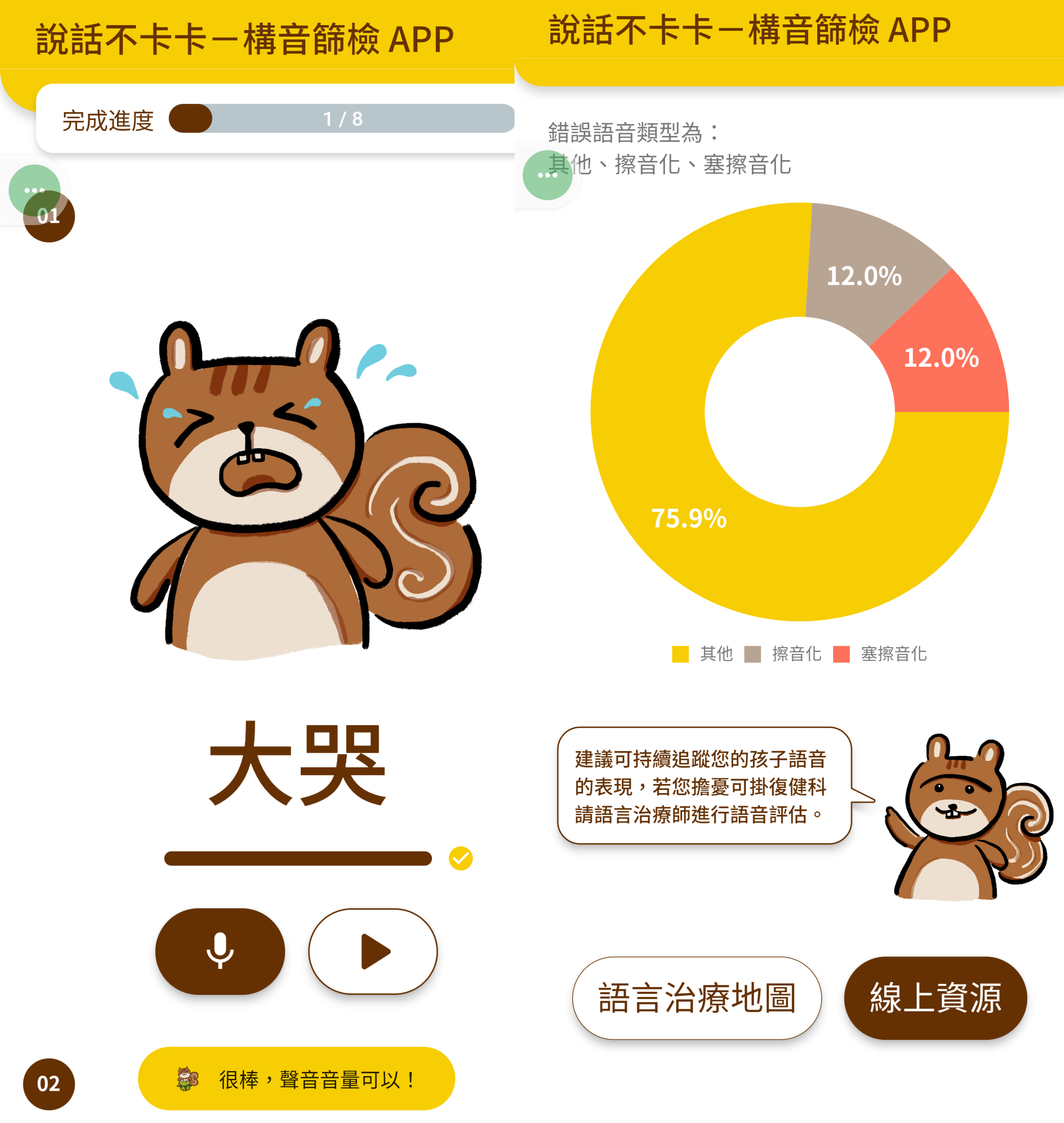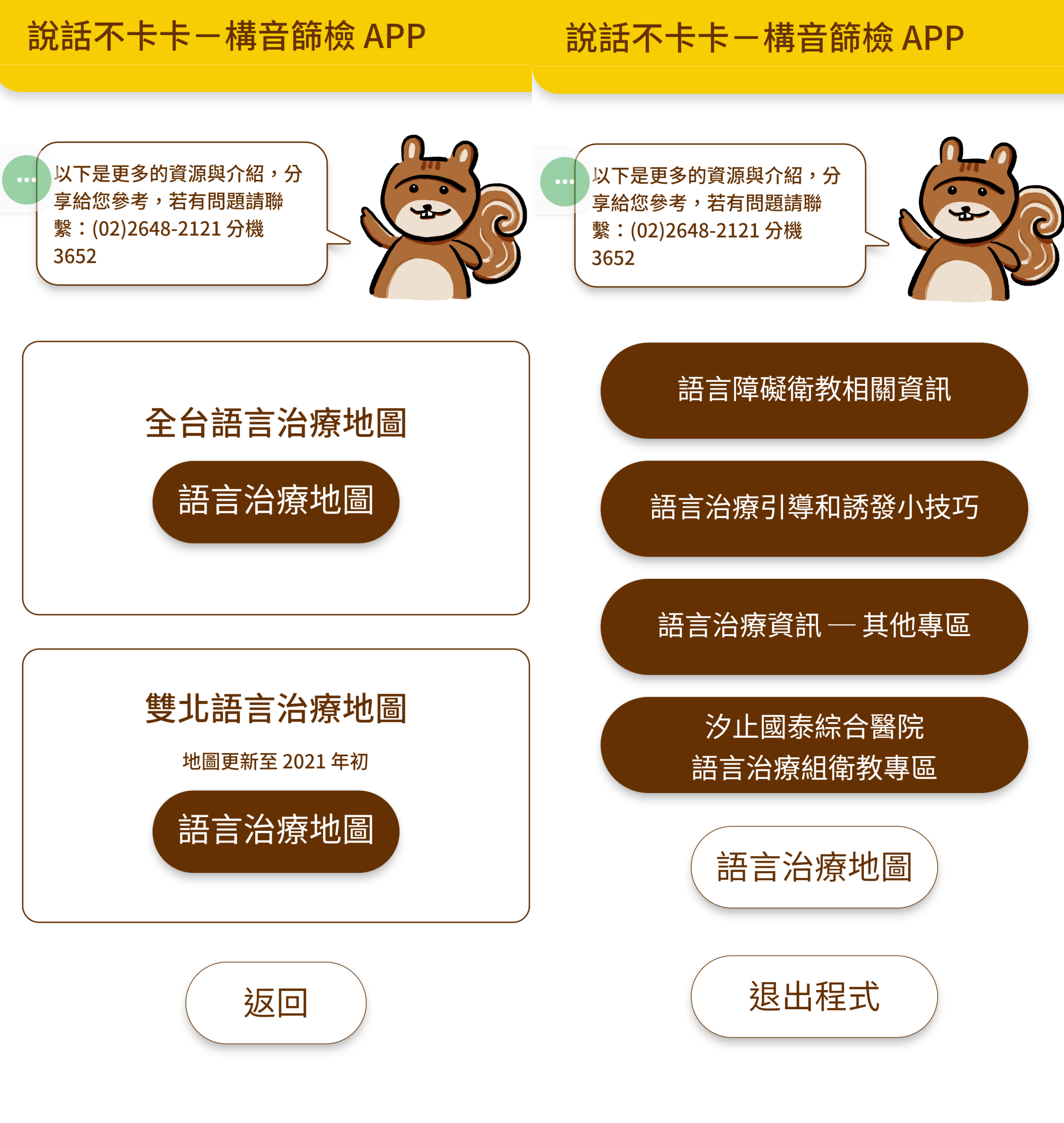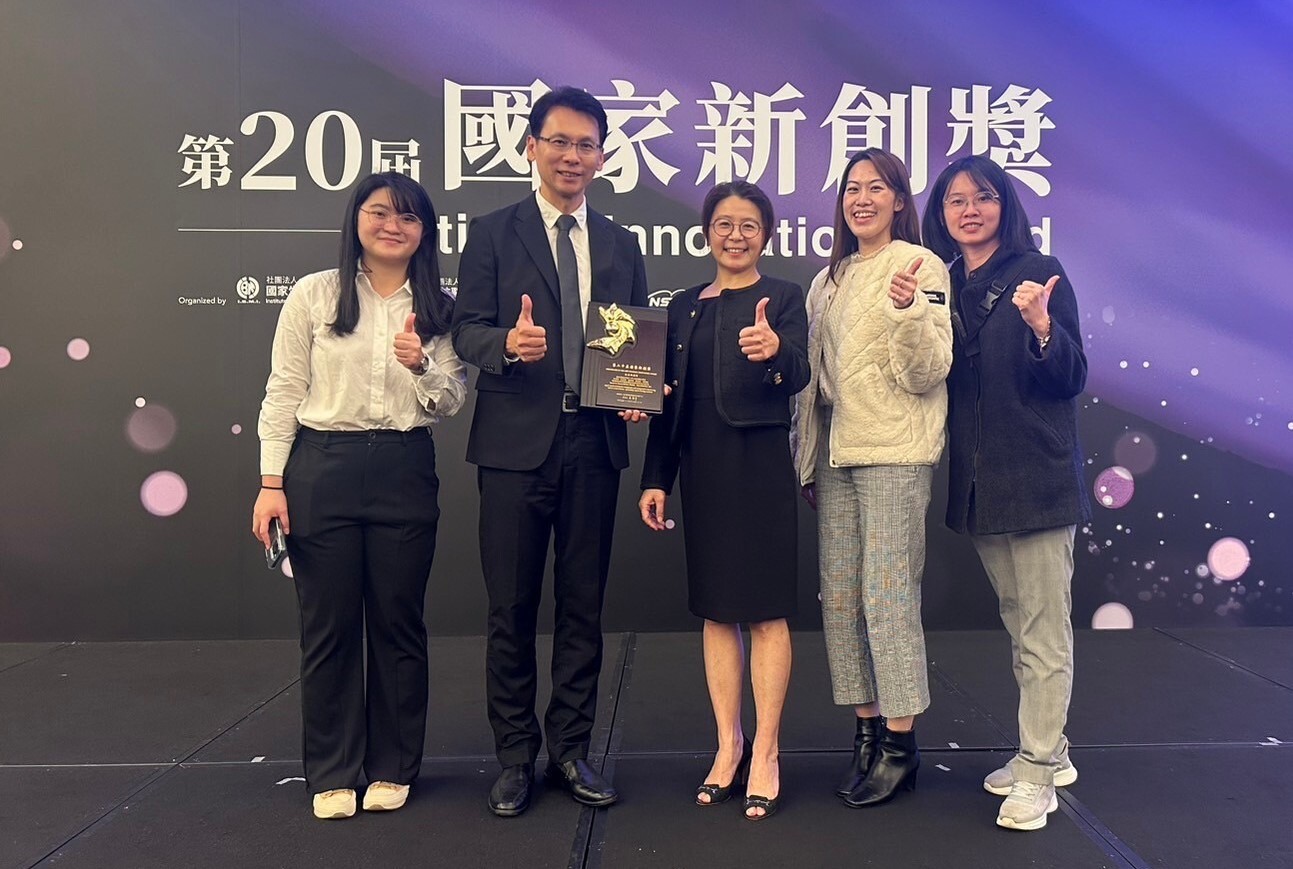Taiwan Tech collaborates with Cathay General Hospital to support Telemedicine and develop Taiwan's First Voice Screening App to improve childhood speech abnormalities.
Speech Sound Disorder (SSD) is a common type of language disorder in children's development. Without early detection and treatment, it may further develop into learning disabilities, impacting children's academic and social interactions. To address this issue, Professor Shanq-Jang Ruan's team from the Department of Electronic and Computer Engineering at Taiwan Tech in collaboration with Director Ya-Wen Tu's rehabilitation team from Cathay General Hospital in Xizhi, have developed Taiwan's first mobile application capable of quickly screening children for speech abnormalities: the "Speech & Sound-SPEAK" app. This app aims to identify and assist in treating children's speech issues early on.
The "Speech & Sound-SPEAK" app allows for assessments regardless of geographical limitations, enabling evaluations anytime and anywhere. It provides children with early detection and treatment opportunities, offering not only preliminary screening results but also supplementary diagnostic information for speech therapists. This assists healthcare professionals in making more accurate judgments and devising individualized treatment plans, thereby improving the overall therapeutic process.

Here is the interface of the Speech Screening Assessment app - "Speech & Sound-SPEAK".
Professor Shanq-Jang Ruan explains that the Speech & Sound-SPEAK app analyzes and evaluates pronunciation by asking children aged 3 to 7 to read word cards, and utilizes an end-to-end neural network model, combined with additional language features provided by the text, to distinguish between normal and abnormal speech. Abnormal pronunciations include six common phonological processing errors in clinical settings: stopping, backing, frication, affrication, aspiration, and consonant cluster reduction.

The Speech & Sound-SPEAK app utilizes an end-to-end neural network model, combined with additional language features provided by the text, to analyze and evaluate pronunciation, distinguishing between normal and abnormal speech.
Yu-Chin Chen, a speech therapist at Cathay General Hospital, points out that the Speech & Sound-SPEAK app can detect at least 70% of common types of speech errors seen clinically. It serves as an initial screening tool for identifying symptoms of speech abnormalities or language delay in children, with an average error rate of less than 5% compared to assessments by professional therapists. The key difference between using the app and traditional hospital screenings lies in the app's ability to conduct pretest-and-posttest comparisons, allowing for a data-driven understanding of a child's progress. In the future, efforts will focus on optimizing the model and establishing a stable cloud-based database to facilitate widespread usage.

The Speech & Sound-SPEAK app prompts the test subject to read a series of word cards, and through a large-scale language model, it analyzes and evaluates pronunciation.
Additionally, the application features comprehensive language therapy education information and a follow-up therapy map built into it, providing everything from screening to complete education information. Users not only understand the child's speech condition but also receive professional advice and guidance, offering parents more support.
Professor Shanq-Jang Ruan stated that if children with speech abnormalities cannot undergo early assessment and treatment, it may impact their academic performance or the quality of their social interactions. The Speech & Sound-SPEAK app is also part of telemedicine, eliminating factors such as long waiting times for speech therapy appointments and the inconvenience of traveling to hospitals, thus providing more convenient services for children in rural areas to support their development.

The Speech & Sound-SPEAK app includes a language therapy map, making it convenient for parents to search for relevant information.
Professor Shanq-Jang Ruan led a research team for five years to collect abnormal speech samples, build models, and integrate AI technology, successfully developing the Speech & Sound-SPEAK app. Professor Ruan hopes that students can apply their learned knowledge practically through this project, cultivating the ability to observe, analyze, and solve problems. He emphasizes that during the development process, students encounter not only professional issues but also many details that schools do not teach. He said, "What you learn in the process is the knowledge that others cannot take away."
Professor Ruan also hopes to integrate large-scale language models in the future, such as asking children to read sentences and extending them to paragraphs and articles, to further analyze and accurately identify abnormalities in children's speech. The Speech & Sound-SPEAK app was honored with the National Innovation Award in 2023, and Cathay General Hospital is planning to officially launch it on app stores to expand screening coverage, contributing more efforts to the field of speech therapy.

"The Speech & Sound-SPEAK" app received recognition from the National Biotechnology and Medical Industry Development Council with the National Innovation Award in 2023. From left to right: Kai-Ting Zhang, a master's student in the Department of Electronic and Computer Engineering at Taiwan Tech; Professor Shanq-Jang Ruan from the Department of Electronic and Computer Engineering at Taiwan Tech; Director Ya-Wen Tu from the Rehabilitation Department at Cathay General Hospital; Speech Therapist Yu-Jin Chen from Cathay General Hospital; and Manager Shi-Yu Chien from the Quality Management Center at Cathay General Hospital.
